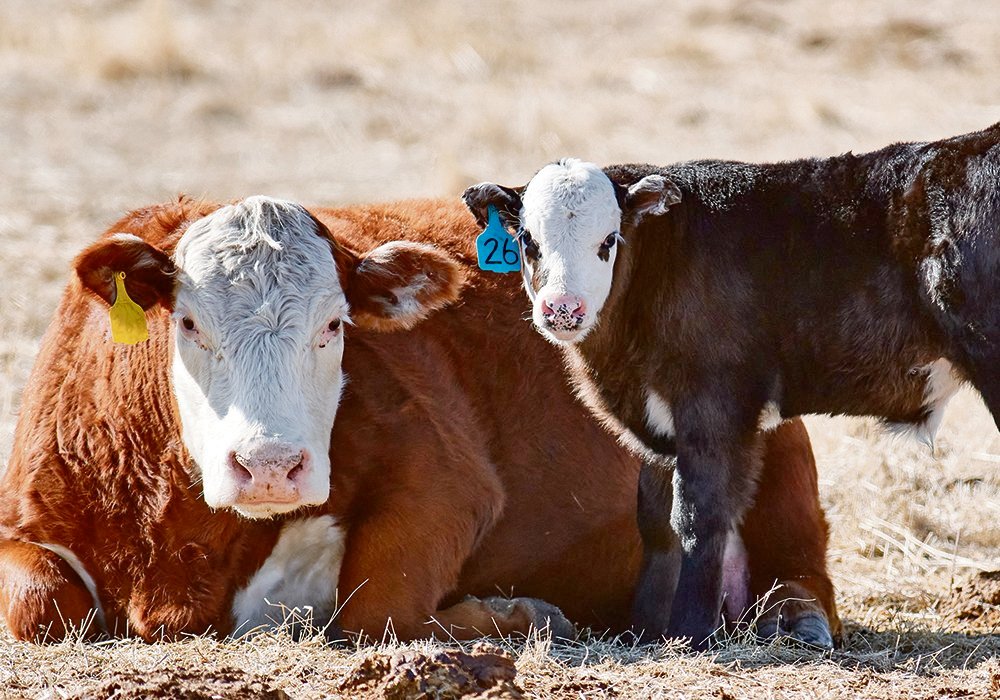Cow-calf operations can improve biosecurity practices

COVID-19 restrictions are being relaxed. We have all learned great lessons and it will be interesting to see what biosecurity measures stand the test of time.
From masks used in some situations, to workers and patrons protected in restaurants by plexiglass, these are all good measures for any communicable diseases.
Recently, a research article has come out on biosecurity practices that are being implemented to a limited degree in the cattle industry. To me they have identified biosecurity methods that are lacking in general and yet for most producers can be easily implemented with little cost.
This 2017 study was led by a team of researchers from the veterinary schools in Calgary and Saskatoon, as well as a large animal veterinarian who practises in Lloydminster, Dr. Trent Wennecamp.
The title was “Biosecurity practices in western Canadian cow-calf herds and their association with animal health.”
To keep diseases off your farm and to prevent them from spreading, simple biosecurity practices may greatly help.
When there are no problems, there may be a tendency to let some of these practices slide. It takes a disease outbreak to shock us back into higher standards.
Stringent vaccination programs are a great help in preventing diseases. In general, this practice has been improving in recent years.
However, when it comes to buying new herd additions, whether heifers, cows or bulls, only one-third of producers separate new additions from their herds for a period of time before introducing them, or vaccinate new additions.
That means in situations in which a herd has a solid vaccination status, new additions are still not vaccinated.
Many purebred operations have solid vaccination programs but often those are not communicated. Purchasers should always ask about vaccinations in the animals they are buying. This is when holes in vaccination programs are discovered, or it may save buyers from having to vaccinate incoming animals if they have already been vaccinated.
It is important to check the diseases the animals were vaccinated for, and not the brand of the vaccine.
In some cases, it may be highly beneficial to have breeding age heifers, for example, vaccinated before they are delivered.
Bulls are almost never isolated before being introduced to a new herd but at least ask the question on the animal’s previous vaccination/deworming/fly control program.
Ask whatever is time appropriate. I have always hoped that all sales catalogues would have a detailed description of the health and vaccination protocols. I like to think many commercial producers emulate purebred producers’ vaccination protocol but that is not always the case and you may be surprised at what you find when you ask the question.
Isolation with female stock is always a good plan and if problems or gaps are found they can be rectified.
It is best to introduce groups of cattle together when processing, transporting or handling them. It can cut down the establishment of pecking order.
The purchasing of pregnant animals often occurs very close to calving time. This is probably the worst scenario from a biosecurity standpoint, so isolation, or separate spaces for calving is ideal, especially when it comes to diarrheic diseases.
The study found outbreaks of diarrhea, for instance, were associated with larger herds and the association with buying large numbers of bulls, sharing bulls or running cattle at community pastures.
In this scenario, exposure to these infectious organisms is increased and in larger operations, infectious organisms are going to build up over time.
I have always said scours vaccinations are an absolute necessity, especially for herds with more than 100 head.
With larger herds, it is not uncommon to run into a few scours cases near the end of calving season, no matter how good the cleanliness, vaccination status and nutrition.
At times, the producer may be spreading the disease on coveralls. Fatigue often hits near the end of calving season, and biosecurity alertness can wane.
If producers need to buy bulls, they should purchase from purebred producers who maintain good health and vaccination practices.
They should also try to purchase females before calving season, but only buy directly from another farm and ask the important health and vaccination questions.
Producers should isolate newcomers for a couple weeks if possible.
The isolation period should also apply to cattle returning from shows. It never hurts to be cautious in my opinion.
As well, don’t allow visitors at calving time.
These rules apply to purebred and commercial breeders.
Roy Lewis works as a veterinarian in Alberta.
Source: producer.com

